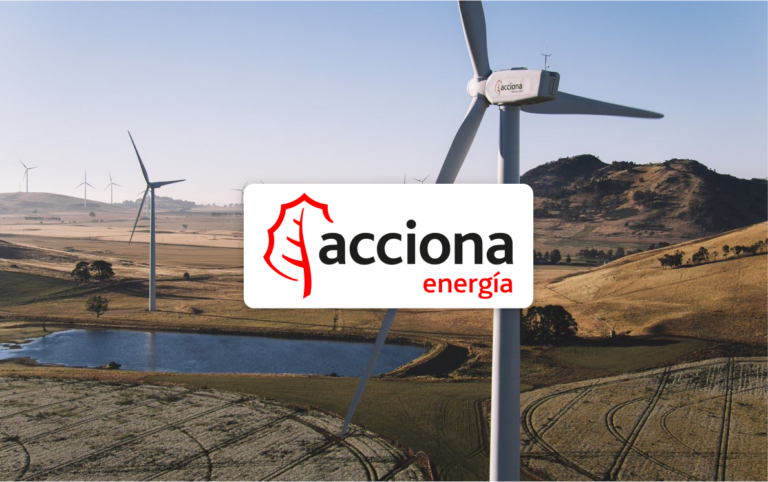Informing stakeholders is essential to your project’s success. When you keep stakeholders in the loop, it’s easier to build positive relationships and maintain support for your initiatives.
A study conducted by the Project Management Institute has revealed that ineffective communication is the primary contributor to project failure one-third of the time, and has a negative impact on project success more than half of the time.
The study also found that high-performing organisations (those completing an average of 80 per cent or more of projects on time, on budget, and within goals) create formal communications plans for nearly twice as many projects as their lower-performing counterparts (which complete fewer than 60 per cent of projects on time, on budget, and within goals).
Formal communications and information sharing plans are absolutely necessary for project management success because they close the communications gap around business value, tailor information to different stakeholder groups, and create standardised information sharing processes.
Stakeholders can make or break your project, so it’s important to communicate transparently and build collaborative relationships. Presenting stakeholders with information about your initiative also helps you gather incremental feedback and stay aligned.
If you regularly inform your stakeholders of your project’s progress, you’re more likely to keep them engaged, satisfied, and supportive. So, let’s explore a five-step process for informing stakeholders:
- Identify your stakeholders.
- Understand the information needs of stakeholders.
- Develop a stakeholder communication plan.
- Share regular progress updates.
- Communicate outcomes.

1. Identify your stakeholders.
Some of your stakeholders will naturally support your project, while others may resist it. That’s why it’s so important to identify your stakeholder network and its diverse information needs.
You should know who your influential stakeholders are, how different stakeholder groups make decisions, and what information they need in order to trust and support your project.
The earlier you identify and engage your key stakeholder groups the better. You’re more likely to garner support if stakeholders can see that you are sharing accurate information and are operating within their best interests.
2. Understand the information needs of stakeholders.
Stakeholder information requirements can vary and you should understand expectations as early as possible.
How often do your stakeholders want to be updated and what channels of communication do they prefer? Some stakeholders will want regular updates whereas others may only want to hear from you if a problem occurs. Do they like to meet in person or would they prefer to digest a written report?
Think about what you would want if you were a stakeholder and make valuable information available. If you’ve set your goals and expectations from day one, you can ensure that your team is focusing its efforts on the most impactful areas.
3. Develop a stakeholder communication plan.
A communication plan will ensure that your team knows how to consistently interact with your stakeholders.
If your team understands the who, what, when, where, why, and how for disseminating information with stakeholders, the potential risks involved, and the budget, everyone will be on the same page, and stakeholders won’t get caught off guard.
Think about how you should distribute useful, informative, and aligned updates to your stakeholders. You can think of your stakeholders as a community and offer targeted and thoughtful experiences that will bring everyone on the journey.
Remember that every interaction is an opportunity for you to share information that reinforces your benefits and invite feedback.

4. Share regular progress updates.
When you create open lines of communication you can action incremental improvements, reduce risk, and implement your project smoothly.
You can use a blended mix of communications tools to ensure that stakeholders have a variety of ways to stay informed. Depending on the information needs of your stakeholders, you could send a weekly digest including top-level progress updates, or schedule in-person meetings to keep influential stakeholders informed.
If you need to communicate over a large geographic area, then SMS and email tools can help you share updates quickly and cost-effectively. A stakeholder relationship management platform will also let you segment stakeholder groups, analyse their sentiment, and deliver the right information with confidence.
Your stakeholders should also be able to share information with you, so make sure that your contact details are easily available and implement webforms that capture their feedback.
At any point in time, your team should know what has been communicated so far and the top issues for stakeholders. When you have stakeholder information managed in one secure hub, your team will be able to review previous stakeholder interactions and effectively respond to concerns with every update.
5. Communicate outcomes.
Informing stakeholders of your project’s progress and outcomes is a great way to help stakeholders see value in the work you’re doing.
When you communicate outcomes clearly, it gives everyone the opportunity to understand what has been achieved, what needs more effort, set new attainable goals, and continue offering their support.
Don’t be shy and remember that it’s better to over-communicate.
Project reports and dashboards will help you to showcase key metrics. Regular updates will also help stakeholders understand the decisions you’re making, the actions that you’re taking, and why.
When you present information to stakeholders that helps them understand your positive impact, you can increase respect for your project and keep moving forward.
Open lines of communication lead to alignment.
When you share information with your stakeholders consistently, it’s easier to measure progress, respond to issues, and take corrective actions that will ensure your initiative rolls out smoothly. By taking stakeholders on the journey with you, your decisions will be met with understanding and acceptance, rather than radio silence or resistance.



